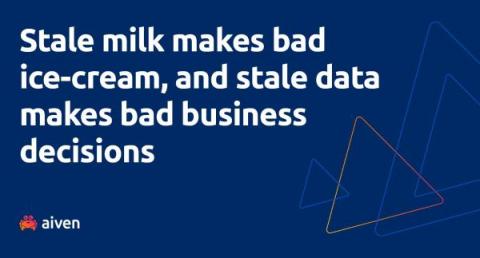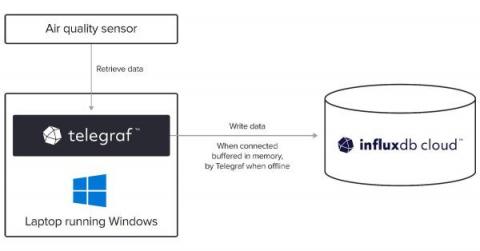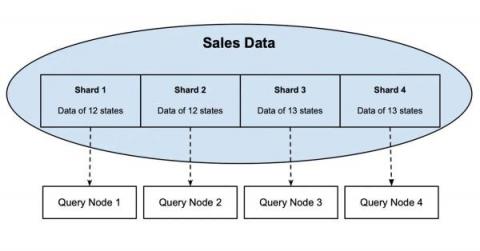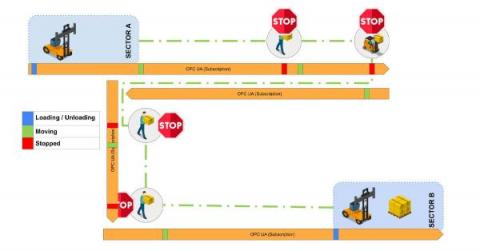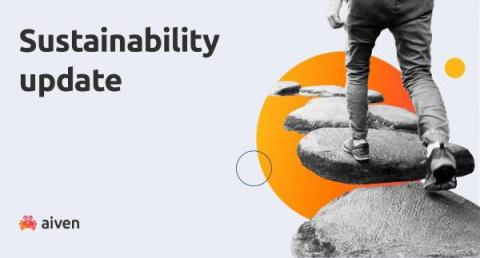Operations | Monitoring | ITSM | DevOps | Cloud
Analytics
Monitoring Network Outages at the Edge and in the Cloud
Gathering data to explore a problem with power outages creating connectivity issues and ultimately draining a laptop battery. Monitoring locations that have intermittent power and/or connectivity outages can be challenging. In this article, I’ll show how to use InfluxDB, an open source time series database, InfluxDB Cloud and Edge Data Replication to store data locally and send it to a central location whenever possible.
Data can help Europe navigate through turbulent times
One of the reasons I joined Splunk six months ago was because I am convinced that data has the potential to solve some of the biggest challenges society faces. It’s safe to say that Europe faces a number of challenges at the moment. The legacy of Covid-19 and the geo-political situation in the region has had a significant impact both economically and on society as a whole. Climate change remains a major concern after a year marked by drought and extreme temperatures.
Python Data Analysis for Finance: Analyzing Big Financial Data
Python has staked its claim as the most popular programming language among developers worldwide. Accessible via Windows, Linux, and Mac, it’s intuitive and easy to read, and its use of maths lends itself perfectly to Python for finance and data analysis.
How to build scoped search suggestions and search query corrections
You get one shot to keep shoppers on your ecommerce website with relevant search results. According to Harris Poll, 76% of online shoppers abandon a retail website after an unsuccessful search. Therefore, it’s critical to optimize your search experience so buyers can find what they need fast. That’s the theory behind a modern search experience: Nowadays it’s not enough to simply provide a search bar that returns matching products.
The Best Query Language to Use with InfluxDB
People often ask us, “What is the best query language to use with InfluxDB?” The answer to this question has evolved a bit over the years – and the current answer might surprise you.
Partitioning for Performance in a Sharding Database System
Partitioning can provide a number of benefits to a sharding system, including faster query execution. Let’s see how it works. In a previous post, I described a sharding system to scale throughput and performance for query and ingest workloads. In this post, I will introduce another common technique, partitioning, that provides further advantages in performance and management for a sharding database.
InfluxDB is 5x Faster vs. MongoDB for Time Series Workloads
At InfluxData, one of the common questions we regularly get asked by developers and architects alike the last few months is, “How does InfluxDB compare to MongoDB for time series workloads?” This question might be prompted for a few reasons. First, if they’re starting a brand new project and doing the due diligence of evaluating a few solutions head-to-head, it can be helpful in creating their comparison grid.
Yes, You Subscribed Correctly. The OPC UA Client Listener Plugin Has Been Released!
This article would not be possible without the contribution of Lars Stegman. The OPC UA Client Listener Plugin was his own contribution to a long-standing issue. Telegraf now includes a new plugin highly anticipated by the community. The OPC UA Client Listener Plugin. So you might be asking yourself: what is the big deal? There was already an OPC UA Plugin — how is this different?


